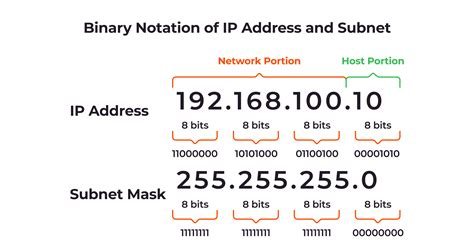How to Determine if Two Ethereum Addresses Are in the Same Wallet: A Guide
The decentralized and open-source nature of Ethereum makes it an attractive platform for a variety of use cases. However, this also means that tracking transactions between different wallets is a major concern. In this article, we will explore whether it is possible to determine if two Ethereum addresses are in the same wallet.
Understanding Wallets and Transactions
On Ethereum, each user has multiple accounts, known as “wallets,” which serve as storage places for their assets, including cryptocurrencies such as Bitcoin (BTC) or Ethereum (ETH). Each wallet contains a unique set of public and private keys, which allow users to send and receive funds. When you send bitcoins from one address in your wallet to another, the transaction is broadcast to the Ethereum network, where it is verified by nodes.
How to determine if addresses are in the same wallet
To detect if two addresses are in the same wallet, we will investigate the following:
- Wallet structure

: Understanding the structure of a wallet can help us identify potential conflicts.
- Transaction history: Analyzing transaction history can reveal patterns or anomalies that could indicate shared wallets.
Wallet structure
Ethereum’s default wallet structure is based on a hierarchical deterministic (HD) wallet model that includes:
- Private key: A unique key used to sign transactions and create new addresses.
- Address: The public address associated with the private key.
- Mnemonic seed: Initial expression used to perform multiple calculations from a single private key.
Transaction History:
Analyzing transaction history can help us identify potential conflicts:
- Recent Activity: Look for recent transactions between addresses that are in the same wallet.
- Consistency: Check if the address is used consistently across different wallets or transactions.
Possible Conflicts and Solutions
If two addresses are in the same wallet, here are some possible scenarios:
- Shared Private Key: If both addresses have a shared private key, they are probably in the same wallet. However, this can be resolved by creating a new account with separate keys or using an identity wallet to avoid conflicts.
- Different Address Names: If two addresses have different names but share the same private key, this may indicate a conflict. In this case, you may need to create a new address with a unique name and verify its ownership.
- Third-Party Intervention: If someone has access to your wallet or sends funds on your behalf, they could find out if the addresses are in the same wallet.
Mitigating Conflict
To reduce the risk of conflict:
- Use Strong Passwords and Passphrases: Protect your wallets using strong passwords and passphrases.
- Verify Ownership: Always verify ownership of a property before transferring it to an address.
- Keep Your Wallet Private: Use a private key management system or add multiple addresses with separate keys.
Conclusion
While it is possible to determine whether two Ethereum addresses are in the same wallet, the likelihood depends on several factors, such as wallet structure and transaction history. By understanding these aspects and applying best practices, you can minimize the risk of conflict and maintain control over your assets.

